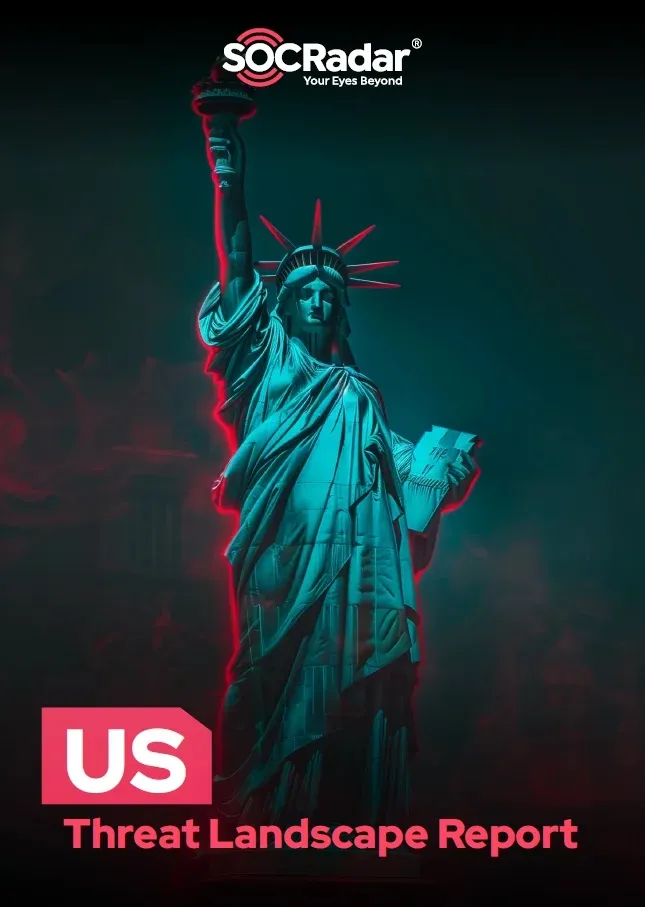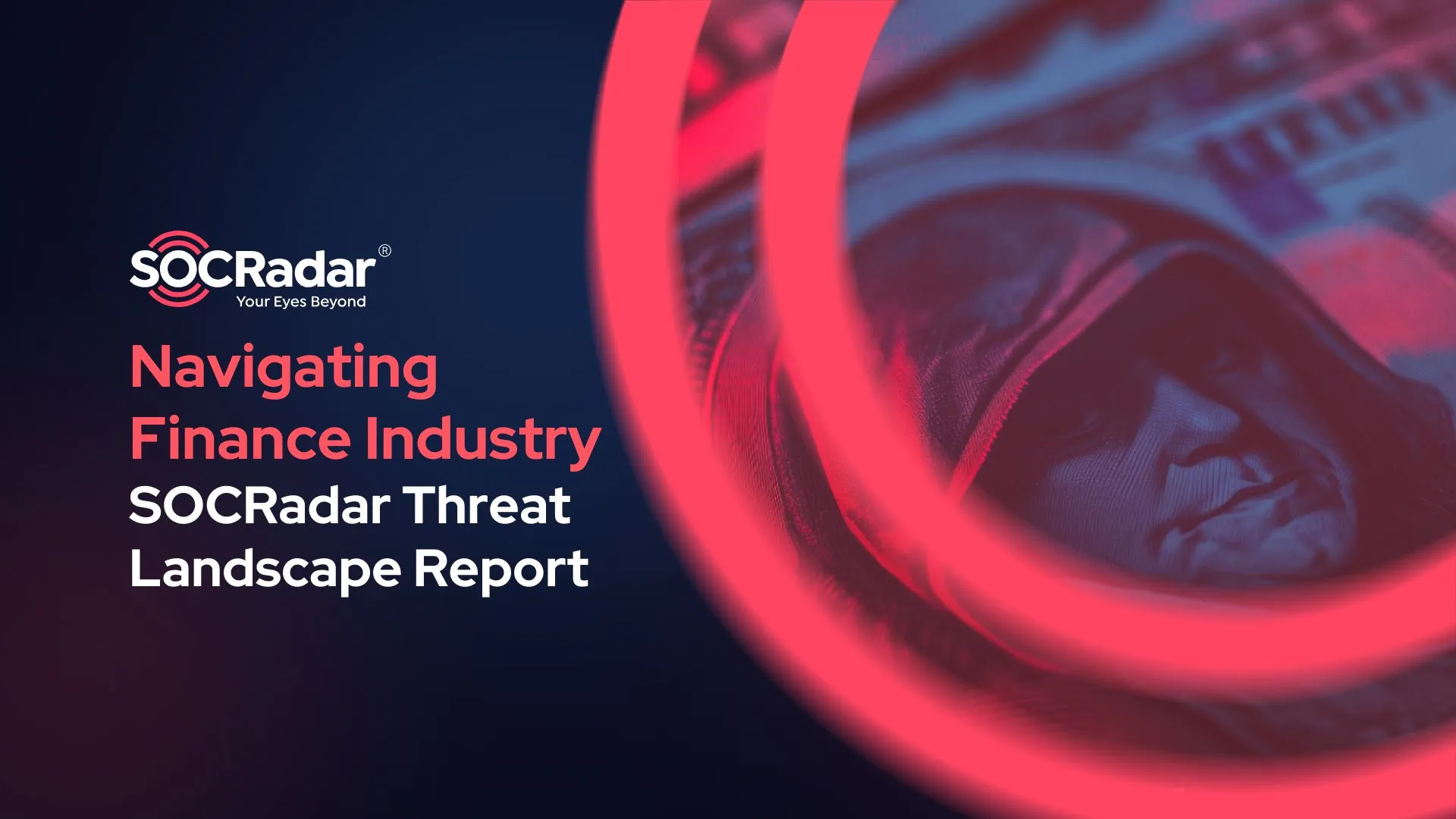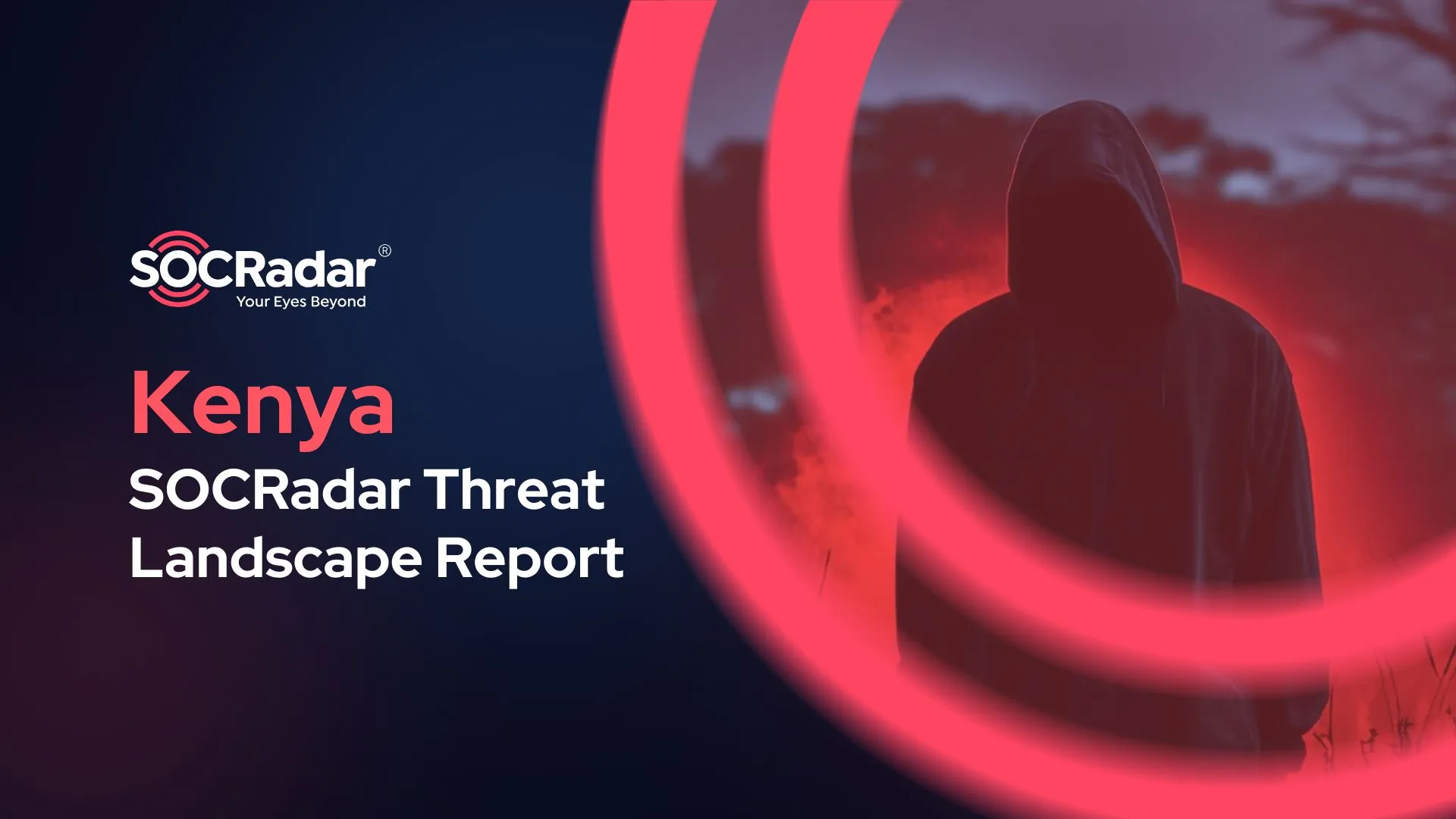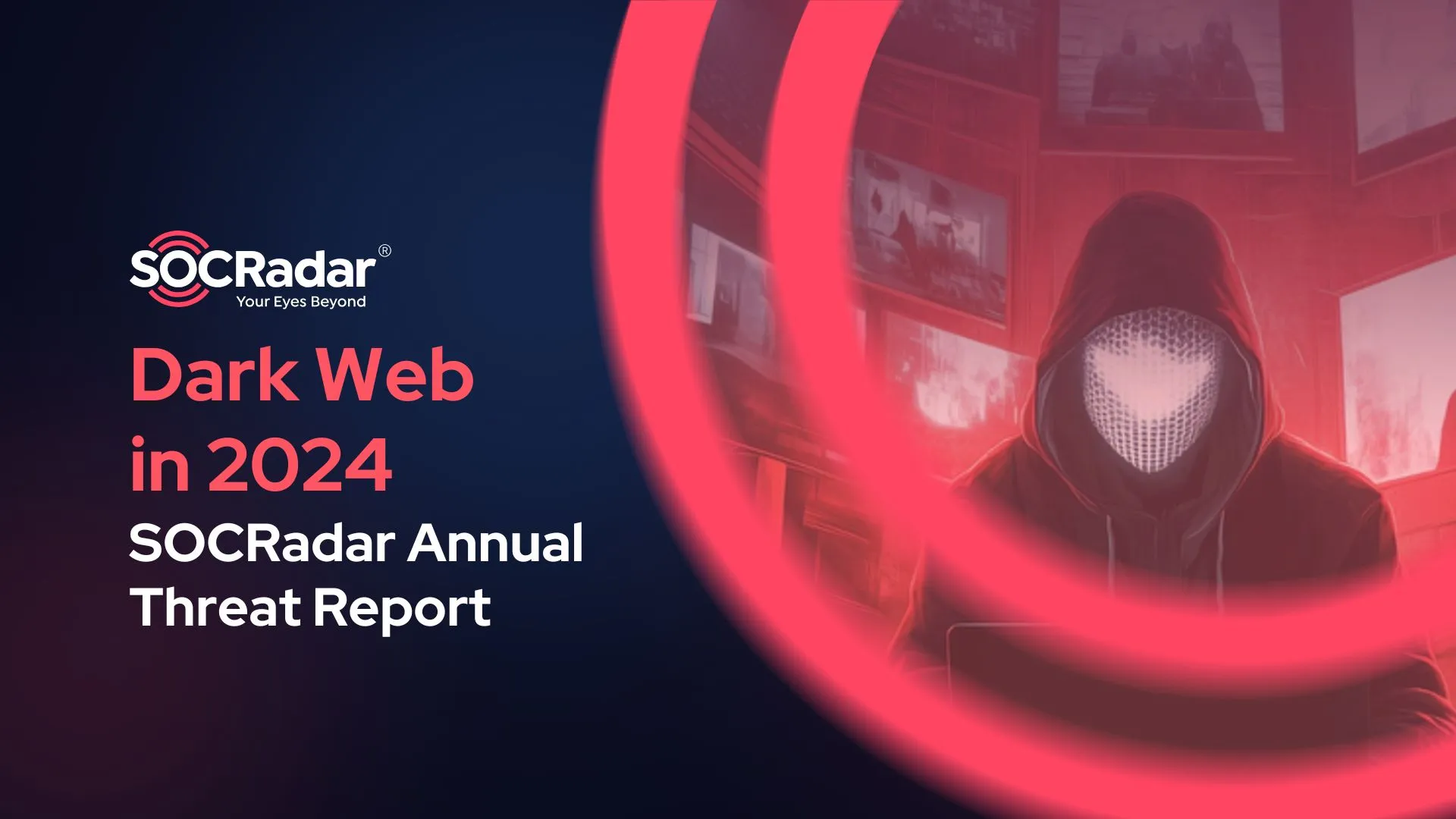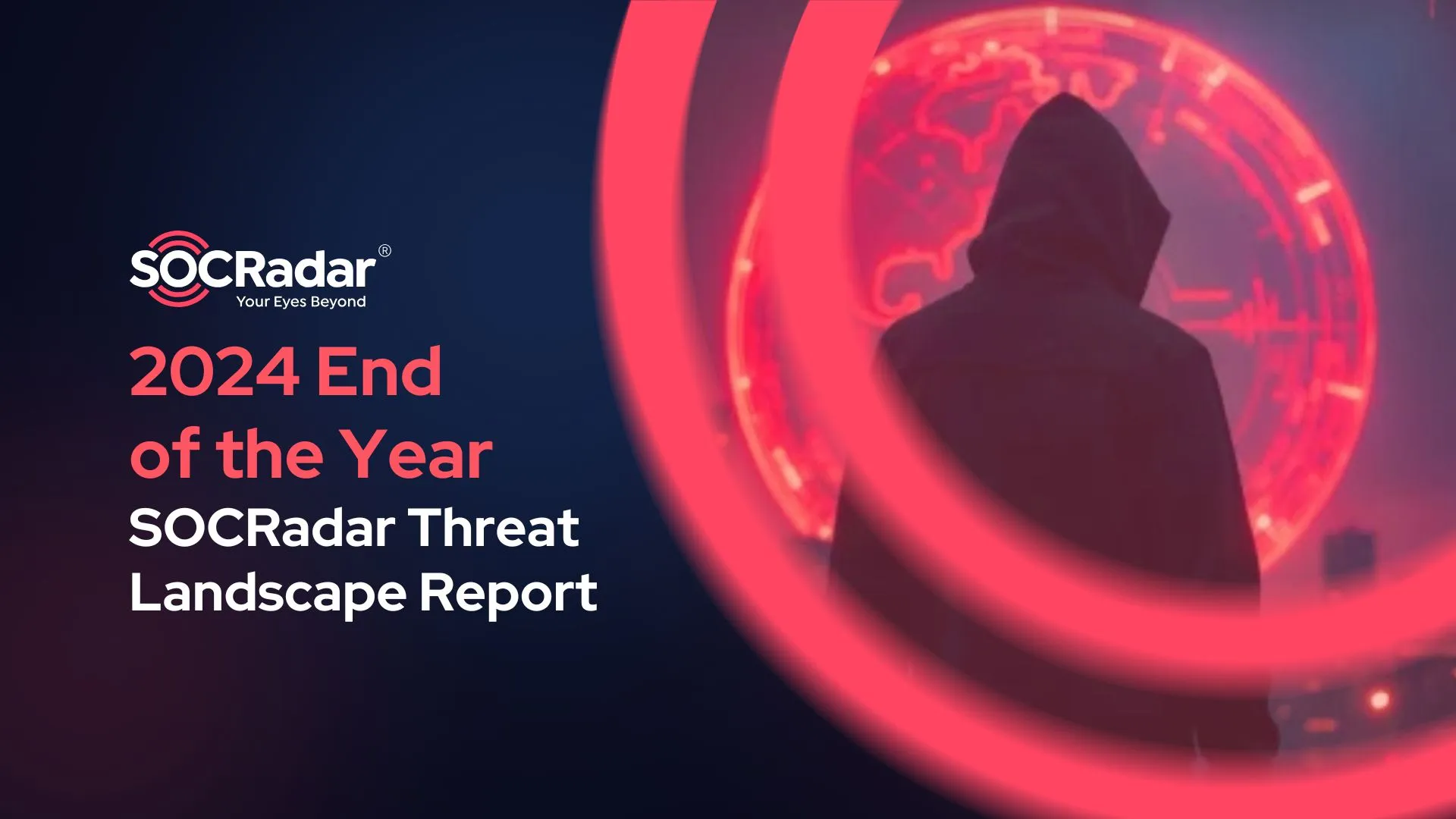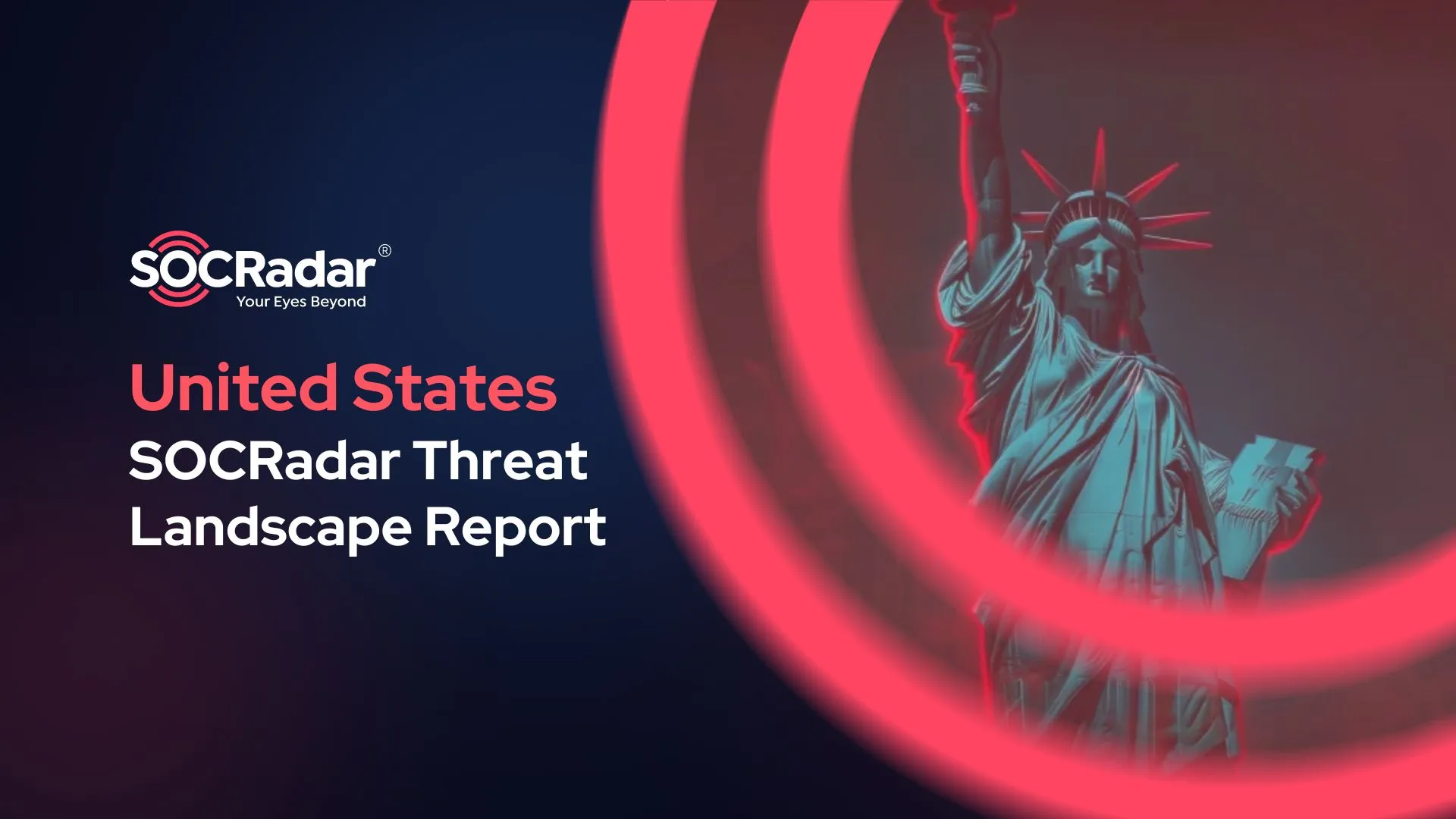
United States Threat Landscape Report: Insights and Trends
As we advance through a post-COVID era characterized by rapid digital transformation, the realm of cybersecurity becomes increasingly crucial. This shift highlights the need for robust security measures to safeguard the expanding digital landscapes that now permeate every aspect of our lives and work.
Our comprehensive United States Threat Landscape Report goes deep into the intricacies of cybersecurity challenges and incidents that have sculpted the security posture of the United States in recent years. This analysis spans public sector breaches to sophisticated ransomware attacks threatening critical infrastructure, offering a unique window into the patterns and tactics of cyber adversaries.
Why This Matters Now!
Cyber threats are an ever-evolving danger, growing in sophistication and frequency. Understanding these threats is paramount for developing effective defense strategies and safeguarding our digital ecosystem. Our United States Threat Landscape Report, supported by detailed data and case studies, is more than just a documentation—it’s a roadmap to understanding and mitigating these risks.
A Visual Journey Through Cybersecurity Trends
To give you a clearer picture of the situation, let’s discuss two key graphics from the United States Threat Landscape Report:
- Dark Web Mention Trends (2022-2024)

This bar graph from the report illustrates the monthly count of dark web mentions related to cybersecurity concerns in the United States from January 2022 to February 2024. Notice the significant uptick in activity in late 2023, suggesting a surge in cyber threats or increased intelligence sharing among dark web communities. This visual is critical for understanding how external factors, like geopolitical tensions, can influence cyber threat discussions and operations.
- Industry Focus in Dark Web Conversations
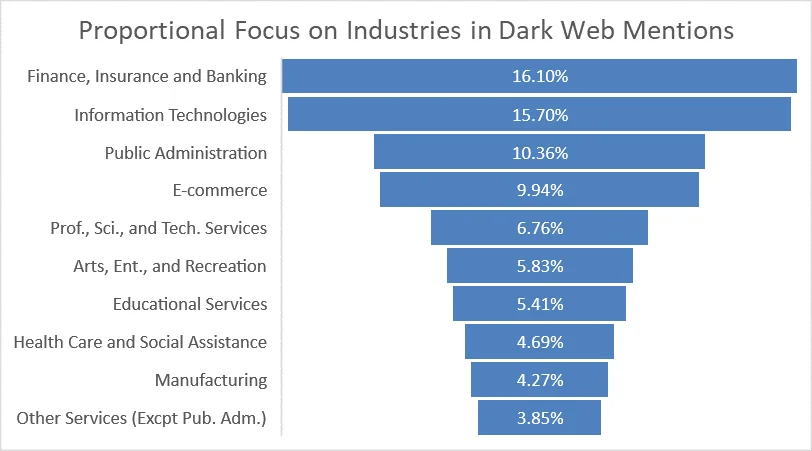
The graph above breaks down the top ten industries targeted by cyber threats, as discussed on the dark web. Notably, the Finance, Insurance, and Banking sector leads, followed closely by Information Technologies—sectors that are foundational to the economy and hold sensitive data. Understanding which industries are most at risk helps tailor cybersecurity measures to where they are most needed.
Looking Forward
As we continue to face these digital dangers, it is crucial for businesses and government entities to stay ahead of the curve. United States Threat Landscape Report not only highlights significant past incidents but also paves the way for proactive measures, pushing for a collective commitment to enhance cyber resilience.
For a deeper dive into our findings and to understand the full scope of cybersecurity trends affecting the United States, access the full United States Threat Landscape Report here.




























